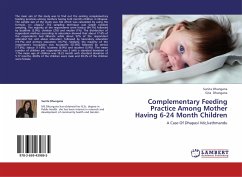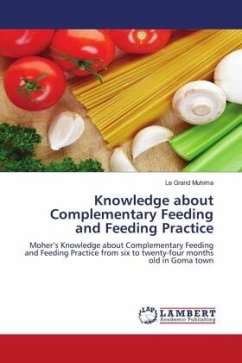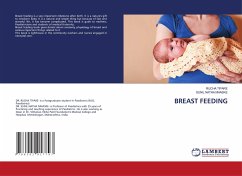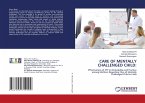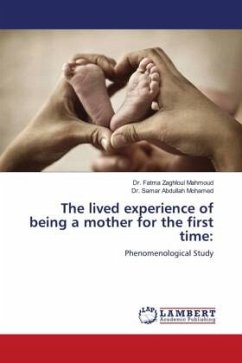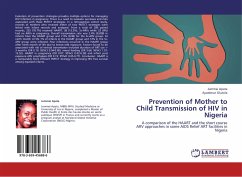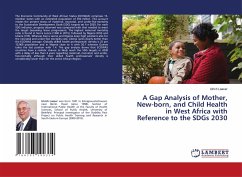The main aim of this study was to find out the existing complementary feeding practices among mothers having 6-24 months children in Dhapasi. The sample size of the study was 102 which was calculated by using the formula, n= z2pq/L2 .The sampling technique was simple random sampling. The majority of the respondents were hindus (94.1%) followed by buddhist (2.9%), christian (2%) and muslim (1%). The distribution of respondent mothers according to education showed that about 17.6% of the respondents had illiterate while about 52% of the respondent attended SLC and above education, followed by Secondary education (15.7%) and primary education (14.7%). Similarly, the majority of the respondent's occupation was housewife (57.8%) followed by service (17.6%), labour (11.8%), business (6.9%) and student (5.9%). The mean number of children per respondents was 2 with a standard deviation of 1.The mean age of children was 18.22 month with standard deviation of 5.17 months. 60.8% of the children were male and 39.2% of the children were female.
Bitte wählen Sie Ihr Anliegen aus.
Rechnungen
Retourenschein anfordern
Bestellstatus
Storno

